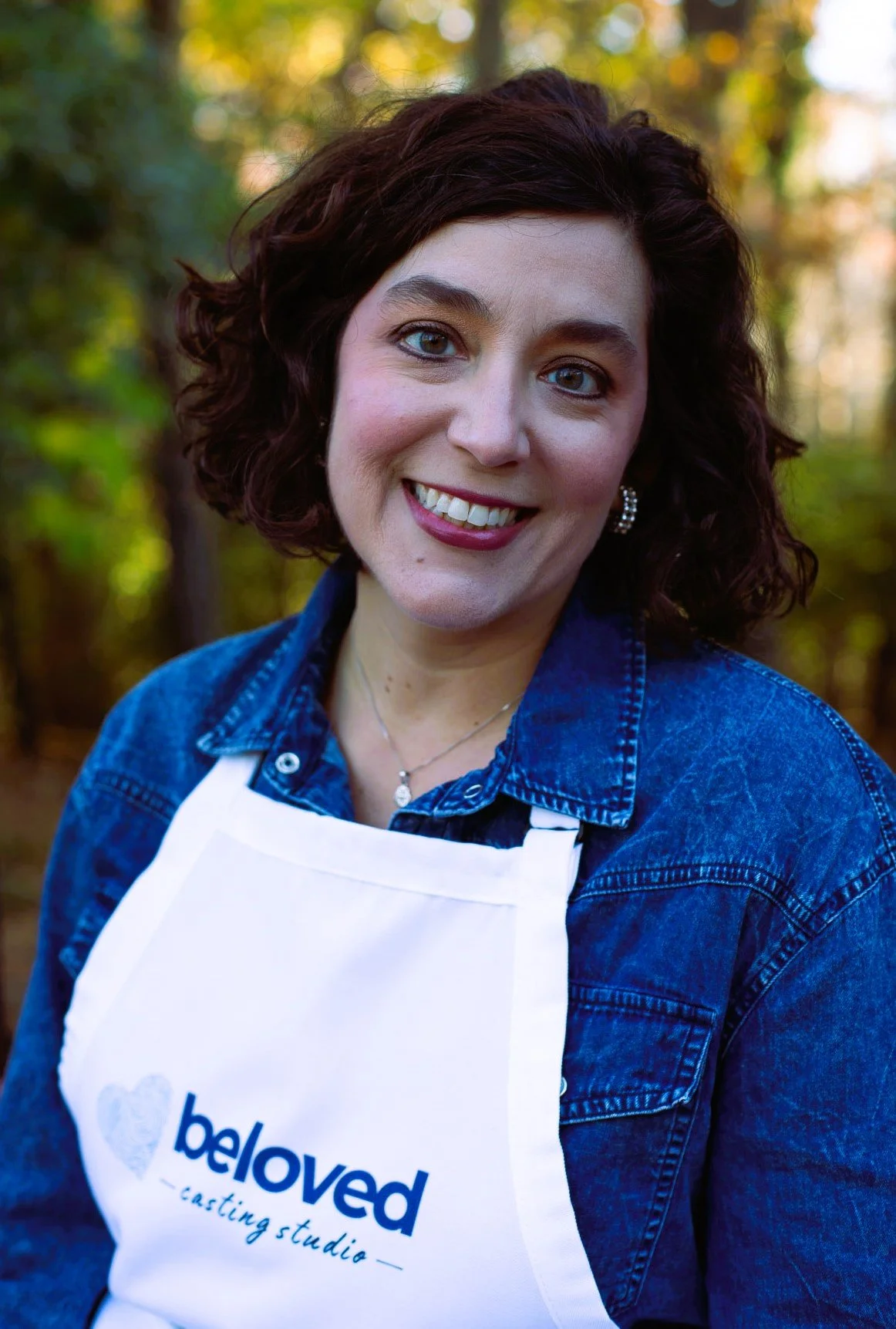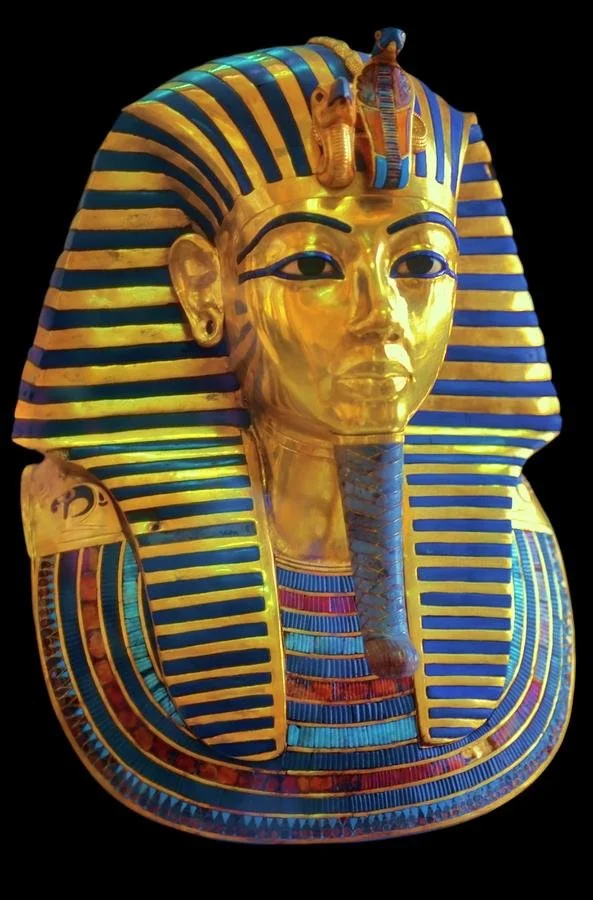At first sight, I was in love.
The tiny toes. The delicate skin creases. The pure joy of capturing time in its most precious form.
When I saw casts of baby feet and hands for the first time, I was captivated. As a mother, I know how fleeting time can be and how quickly our little ones grow. We deeply long to hold onto those sweet memories.
Throughout my diverse career in corporate, non-profit, and entrepreneurial sectors, my heart has always been driven by one purpose: to engage in meaningful, mission-centered work.
It is my privilege to celebrate your life story through this incredible art of life casting. To provide the highest level of expertise in this craft, I was professionally trained in Europe.
You are a masterpiece, and your moments deserve to be treasured. Because your life story is nothing short of amazing.
I also believe a fabulous cup of coffee, a spirit of enthusiasm, and dark chocolate make life even sweeter.
History of Life Casting
Life casting refers to the process of creating a three-dimensional replica of a living body or body part in the context of sculpture and art. This technique has a rich history, dating back thousands of years, with roots in ancient cultures.
Ancient Beginnings
The origins of lifecasting can be traced back to Ancient Egypt and Rome, where it was used to create death masks—realistic facial casts made of the deceased. These masks helped to preserve the likeness of famous individuals.
Famous death masks throughout time include King Tut, Dante, Mary Queen of Scots, Napoleon Bonaparte, John Keats, Ludwig van Beethoven and Abraham Lincoln.
During the Renaissance period, life casting re-emerged as a valuable tool for artists to study the human form in greater detail. Artists such as Michelangelo and Leonardo da Vinci utilized life casts to deepen their understanding of anatomy.
A Queen’s Treasure
Baby hand and foot casting was first made popular by Queen Victoria in Great Britain in the 1800’s. She had marble casts made of her nine children. In 2019, several were displayed at a special exhibition at Buckingham Palace.
Life casting remains popular and well known in the United Kingdom.
King Tutankhamuns Death Mask
Photo by Science Photo Library.
The Modern Era: Art, Realism, and Body Casting
In the 20th century, life casting became widely recognized as a form of artistic expression. British sculptor George Segal’s works moved life casting into the realm of contemporary art. Two of his works are featured in the Guggenheim Museum in New York City.
The Costume Party
by sculptor George Segal
Solomon R. Guggenheim Museum, New York Gift, The George and Helen Segal Foundation, 2011
Contemporary Applications
Today, life casting is used in the film and theater industry to create special effects prosthetics, hyper-realistic body doubles, masks, and makeup effects.
Medical professionals also use body casts to create prosthetics and orthotic devices.
Now, you can share in the experience!
Schedule an appointment today to capture the meaningful relationships in your life.





